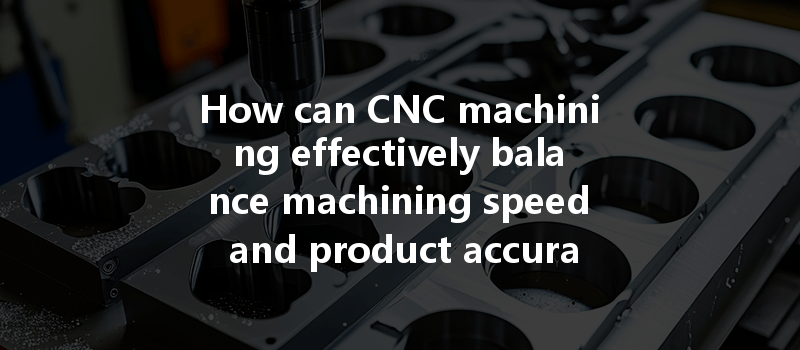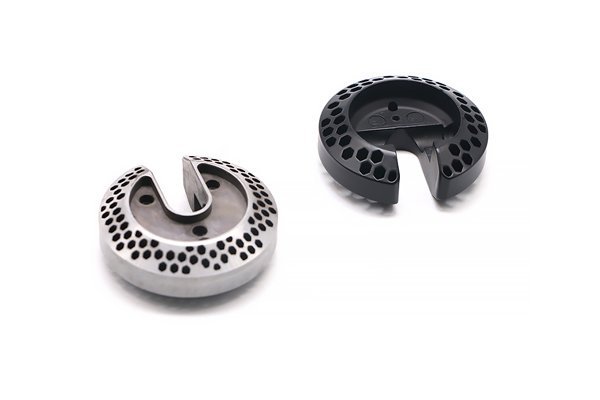Did you know that approximately 25% of the production budgets of manufacturing companies are dedicated to machining processes? As industries demand faster production cycles and higher precision in product outcomes, the significance of balancing machining speed with product accuracy in CNC (Computer Numerical Control) machining has never been more crucial. For companies venturing into CNC prototyping, finding the sweet spot between operational speed and precision can be a challenging maze to navigate.
In this blog, we will explore the intricacies and technologies involved in achieving this delicate balance, providing insights and solutions that can lead to superior machining outcomes while also meeting tight deadlines and budget constraints.
Understanding CNC Machining Basics
Before delving into solutions, it is vital to comprehend the core concepts of CNC machining. CNC machining involves the use of computers to control machine tools—such as lathes, routers, and mills— to produce complex parts. The beauty of this technology lies in its ability to execute precise movements based on programmed instructions, reducing the risk of human error and allowing for reproducibility.
Factors Influencing Machining Speed and Accuracy
Strategies for Balancing Speed and Accuracy
Utilizing advanced software solutions allows engineers to design efficient toolpaths that minimize machine movements. The less time a tool spends moving from one point to another, the more efficient the machining operation becomes. Implementing strategies like adaptive machining, where the tool follows the contour of the material, can enhance both speed and accuracy.
Investing in high-performance cutting tools can lead to increased productivity. Modern materials such as carbide alloys or coated tools can withstand higher speeds and temperatures, thereby prolonging tool life and allowing faster machining without accuracy loss.

Finding the right balance between high feed rates and low cutting depths can lead to significant time savings without compromising on accuracy. Engineers can conduct experiments to identify the ideal parameters for their specific materials, achieving a productive balance between speed and precision.
Utilizing machine sensors and monitoring systems allows manufacturers to adjust processes in real-time. Monitoring aspects such as tool wear can lead to timely interventions, preserving accuracy while maintaining speed.
Regularly training staff on the latest CNC technology and machining techniques can ensure that they are best equipped to balance speed and accuracy. Encouraging a culture of continuous improvement can lead to collective problem-solving and innovation.
Case Study: A Balancing Act in Practice
Consider a company specializing in automotive parts that uses CNC machining for prototyping. The company faced delays due to strictly adhering to high accuracy standards, which slowed production rates.
Upon conducting a thorough analysis, the team discovered that by optimizing toolpaths and adjusting the spindle speeds based on the material’s characteristics, they could enhance machining speeds significantly without sacrificing product quality. The adoption of real-time monitoring tools further allowed them to assess and react to tool wear, maintaining accuracy across longer runs.
The result? A staggering reduction in production time of up to 30%, with accuracy levels maintained within industry standards. This enabled the company to meet tight deadlines and respond to customer demands more effectively, ultimately boosting their market competitiveness.
The realm of CNC machining offers remarkable potential for achieving precision and speed, yet it demands a thoughtful approach to balance these two pivotal factors. By understanding the fundamentals and implementing effective strategies such as optimizing tool paths, investing in high-quality tooling, experimenting with cutting parameters, real-time monitoring, and fostering continuous learning among the workforce, manufacturers can navigate these waters successfully.
In today’s fast-paced manufacturing world, continual refinement and adaptation in CNC machining processes are imperative. As companies strive to remain competitive, focusing on the synergy between speed and accuracy will yield not only operational efficiency but also quality outputs that meet market needs.
This blog sheds light on essential methodologies and practices for CNC machining, serving as a valuable resource for those looking to enhance their prototyping processes and ensure the longevity of their products in the marketplace. Remember, it’s not just about machining; it’s about mastering the balance for sustained success.






